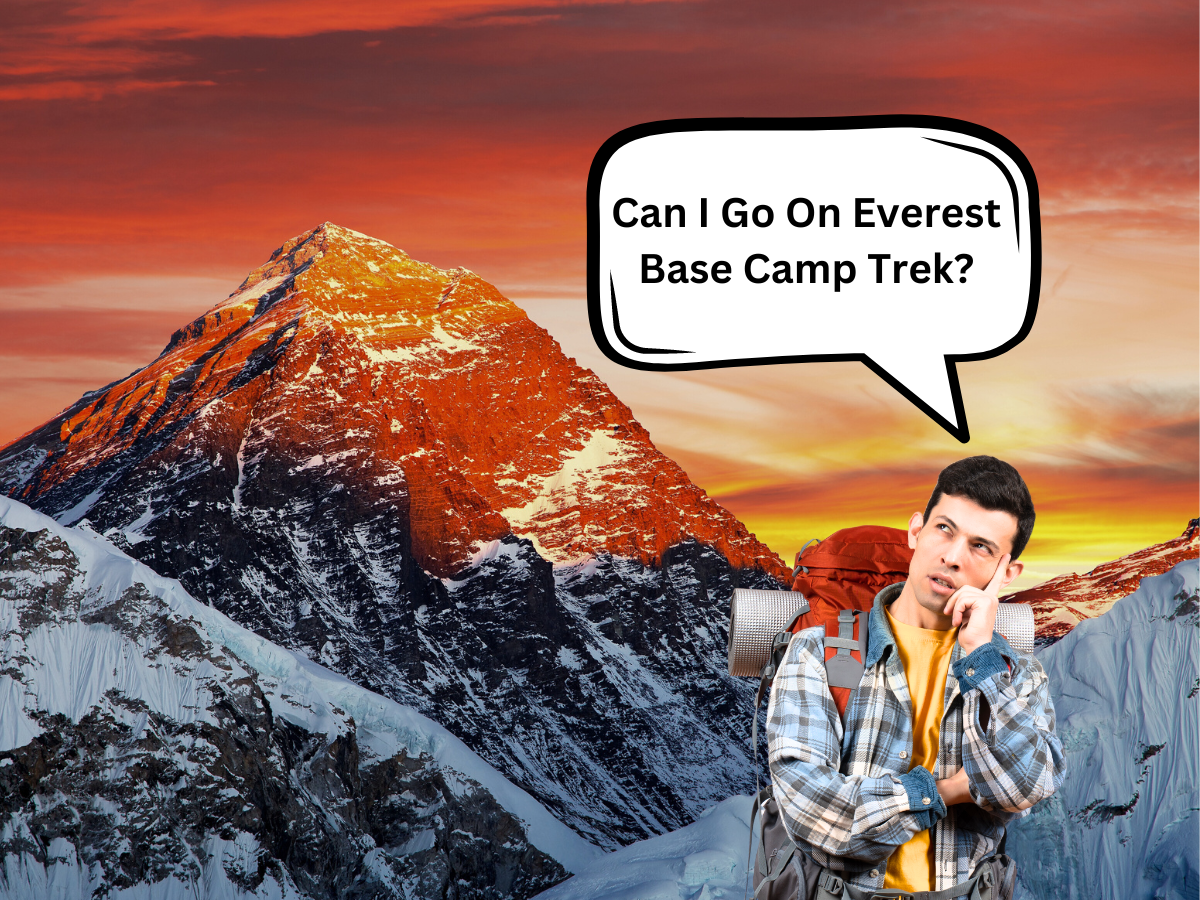Introduction
Located in the amazing Himalayas, the Everest Base Camp has attracted the hearts and imaginations of explorers from all over the world. Trekking to Everest Base Camp is an experience like no other, offering breathtaking views, cultural immersion, and a sense of accomplishment that lasts a lifetime. But is it suitable for beginners? Let's find out.

Is Everest Base Camp Trek for beginners?
Yes, Everest Base Camp trek is indeed feasible for beginners. While it requires physical fitness and mental determination, it doesn't demand prior trekking experience. Many first-time trekkers successfully complete the journey every year with proper preparation and guidance.
How long is the hike to Everest Base Camp?
The hike to Everest Base Camp typically takes around 16 to 17 days, covering approximately 130 kilometers (80 miles) round trip. The duration may vary depending on the chosen route, weather conditions, and individual pacing.
- The trek usually begins from Lukla, a small town with a scenic airstrip.
- Trekkers then traverse through picturesque Sherpa villages like Namche Bazaar, Tengboche, and Dingboche.
- The final leg of the journey involves navigating rugged terrains and glaciers to reach Everest Base Camp, located at an altitude of 5,364 meters (17,598 feet).
How hard is the trek to Everest Base Camp?
The trek to Everest Base Camp is challenging but manageable for most individuals with adequate preparation. The difficulty primarily stems from the high altitude, rugged terrain, and unpredictable weather conditions.
- Altitude sickness is a common concern due to the thin air at higher elevations. Trekkers must acclimatize properly by ascending gradually and staying hydrated.
- The trail involves steep ascents and descents, rocky paths, and occasional snow-covered sections.
- Cold temperatures and strong winds can add to the challenge, especially at higher altitudes.
How much does it cost to trek to Everest Base Camp in Nepal?
The cost of trekking to Everest Base Camp varies depending on several factors, including the chosen itinerary, accommodation preferences, guide and porter services, permits, and additional expenses.
- On average, a basic Everest Base Camp trek package can cost anywhere between $1,200 to $2,500 per person.
- This typically includes accommodation in tea houses or lodges along the trail, meals, permits, domestic flights (if applicable), and the services of a guide and porter.
- Additional expenses may include equipment rental, travel insurance, souvenirs, and tips for guides and porters.
Is it worth doing Everest Base Camp?
Absolutely! Trekking to Everest Base Camp offers an unparalleled adventure and a chance to witness the world's highest peak up close. The journey rewards trekkers with stunning landscapes, cultural encounters, and a profound sense of achievement.
- The Himalayan scenery, including panoramic views of Mount Everest, Ama Dablam, and other towering peaks, is simply awe-inspiring.
- Immersing oneself in the rich Sherpa culture, visiting monasteries, and interacting with local communities add depth to the experience.
- Standing at Everest Base Camp, surrounded by towering mountains and fluttering prayer flags, is a moment that leaves a lasting impression.
Can you climb Everest Base Camp without training?
While prior trekking experience and physical fitness are beneficial, it's possible to trek to Everest Base Camp without extensive training. However, adequate preparation is crucial to ensure a safe and enjoyable journey.
- Engage in regular cardiovascular exercises, such as hiking, walking, or jogging, to build endurance and stamina.
- Practice hiking with a backpack to simulate the weight you'll carry during the trek.
- Familiarize yourself with basic trekking skills, such as using trekking poles, dressing in layers, and managing altitude-related challenges.
Can an ordinary person climb Everest Base Camp?
Yes, the Everest Base Camp trek is accessible to "normal" individuals with average fitness levels and a spirit of adventure. While it requires physical exertion and mental resilience, it's not limited to professional athletes or seasoned mountaineers.
- Trekkers of various ages and backgrounds undertake the journey each year, ranging from teenagers to senior citizens.
- The key is to approach the trek with realistic expectations, proper preparation, and a willingness to embrace the adventure.

What is the hardest part of the Everest Base Camp trek?
The hardest part of the Everest Base Camp trek varies for each individual, but common challenges include altitude sickness, strenuous ascents, and prolonged exposure to harsh weather conditions.
- Acclimatization is crucial to prevent altitude-related illnesses such as headache, nausea, and fatigue.
- Crossing high mountain passes like the Cho La Pass or the ascent to Kala Patthar can be physically demanding.
- Enduring cold temperatures, strong winds, and occasional snowfall requires resilience and proper gear.
Conclusion:
Going on the Everest Base Camp Trek is a journey of a lifetime, offering adventure, natural beauty, and cultural immersion. While it presents challenges, including high altitude and rugged terrain, it's an achievable goal for beginners with the right preparation and mindset.
Whether you're drawn to the majestic Himalayan scenery or seeking a personal challenge, trekking to Everest Base Camp promises unforgettable experiences and memories that will last a lifetime. So lace up your boots, pack your sense of adventure, and get ready to conquer the heights of the world's tallest peak!
Comments
Post a Comment